In the rush of modern life, it’s easy to overlook the quiet wisdom of the past. Yet, a growing number of Americans are turning to ancient remedies, seeking natural ways to bolster their health. Among these, the concept of using indigenous herbs for immune support is capturing attention. Walk into a wellness store in Portland or Austin today, and you’re likely to spot tinctures and teas labeled with names like echinacea or elderberry—plants long used by Native American tribes for their protective properties. This isn’t just a fleeting trend; it’s a reconnection to traditional knowledge that predates synthetic medicine. As concerns about over-reliance on pharmaceuticals rise, these time-tested herbs offer a compelling alternative. This article uncovers 15 forgotten indigenous herbs for immune support, exploring their historical uses, emerging scientific backing, and practical ways to integrate them into daily life in 2025.
1. Echinacea: The Plains Healer
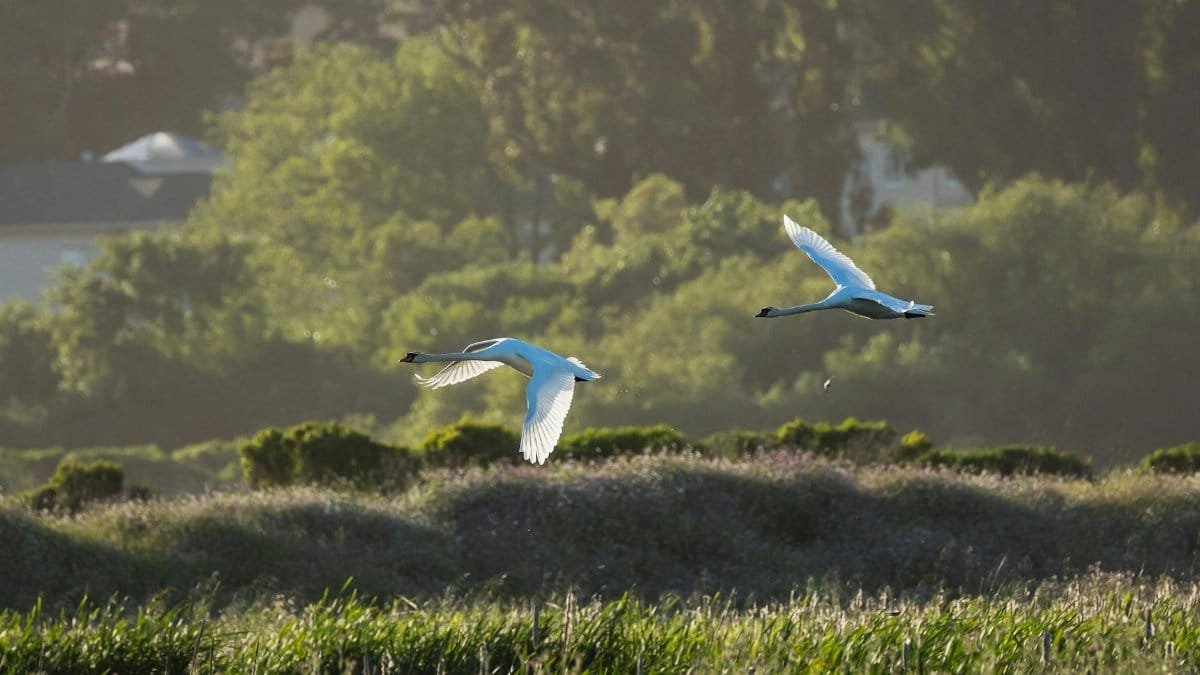
Long before pharmacies dotted the American landscape, Native tribes of the Great Plains turned to echinacea for its immune-boosting potential. Often brewed into teas or chewed raw, this purple coneflower was a staple for fighting colds and infections. Modern research is catching up, with studies suggesting echinacea may reduce the duration of upper respiratory issues. A report from the National Center for Complementary and Integrative Health notes its widespread use, though results on efficacy vary. Still, many swear by its subtle, tingling effect on the tongue as a sign it’s working. Imagine a weary traveler on the prairie, steeping this herb over a fire—today, that same plant might sit on your kitchen counter as a tincture.
2. Elderberry: The Cold Warrior

Elderberry, used by tribes like the Cherokee, has a deep history as a remedy for flu-like symptoms. Its dark, glossy berries were often transformed into syrups to ward off winter ailments. Science now supports some of these claims; a study published via the National Library of Medicine found elderberry extract can inhibit certain flu viruses. The sweet-tart flavor makes it an easy addition to teas or jams. For those hesitant about over-the-counter meds, elderberry offers a natural first line of defense.
3. Slippery Elm: Soothing from Within

Native to the eastern woodlands, slippery elm bark was prized by indigenous peoples for its mucilaginous texture, used to calm sore throats and boost immunity through gut health. Tribes like the Iroquois chewed it or made it into a porridge. Recent interest, as noted by the Mount Sinai Health System, highlights its potential to coat and protect irritated tissues. A simple lozenge made from this herb could be a quiet comfort during flu season.
4. Yarrow: The Battlefield Herb
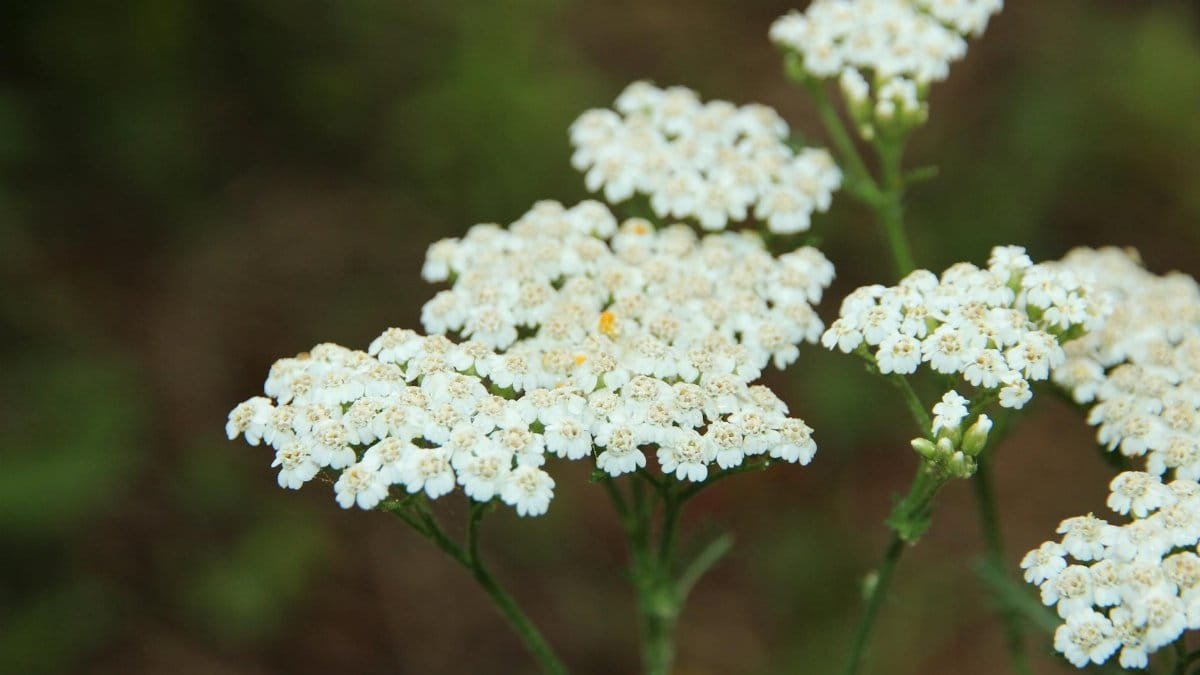
Known as a wound healer, yarrow also supported immunity among Native American tribes by reducing fevers through sweat induction. Its feathery leaves and bitter taste were often steeped into teas. Some modern herbalists point to its anti-inflammatory properties, though hard data is still emerging. Picture a warrior applying yarrow to a cut while sipping its brew to fend off infection—an early multitasker in herbal medicine.
5. Goldenseal: The Hidden Root

Goldenseal, with its bright yellow root, was a go-to for tribes in the Southeast for fighting infections. It’s often paired with echinacea today for a potent immune punch. Research from the National Center for Complementary and Integrative Health cautions about overharvesting but acknowledges its antimicrobial potential. A small dose in capsule form might be enough to tap into its legacy.
6. Boneset: Breaking the Fever

Named for its supposed ability to heal aching bones during illness, boneset was a staple among the Creek and other tribes. It encouraged sweating to break fevers, indirectly supporting immune response. Though less studied, its historical use is well-documented in ethnobotanical records. A bitter tea from boneset isn’t for the faint-hearted, but it carries centuries of trust.
7. Osha Root: The Mountain Protector

In the Rocky Mountains, osha root was chewed or burned as incense by tribes like the Apache to clear respiratory issues and strengthen immunity. Its pungent, celery-like scent is unmistakable. While scientific studies are sparse, anecdotal evidence abounds. Hikers today might carry osha tincture as a nod to this rugged tradition.
8. Wild Ginger: Warming the Core
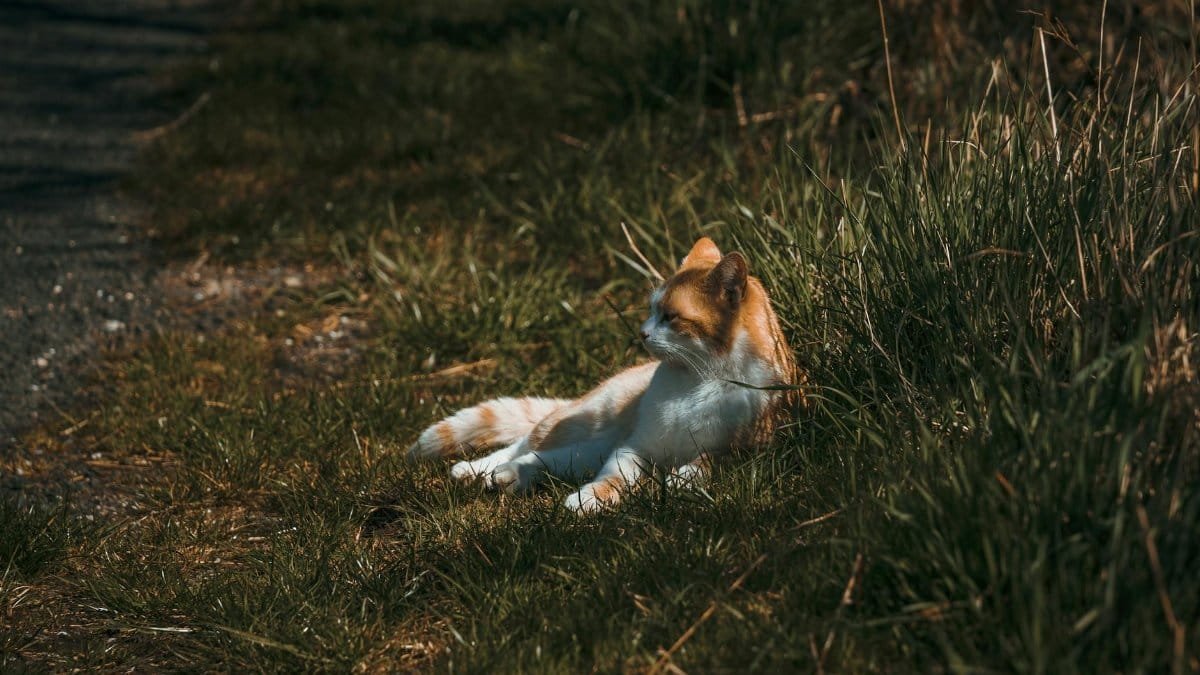
Wild ginger, used by the Ojibwe and others, was valued for stimulating circulation and aiding digestion—key to immune health. Unlike culinary ginger, it’s more subtle but still potent in teas. Modern herbalists note its warming effect, though it’s best used sparingly due to potential toxicity in large amounts. A pinch in hot water can evoke ancient forest remedies.
9. Sweetgrass: Beyond the Physical

Sweetgrass, sacred to many Plains tribes, was often burned in ceremonies to purify and protect against illness. While not ingested, its smoke was believed to bolster spiritual immunity. Today, some weave it into wellness rituals, blending mental and physical health. Its sweet, hay-like aroma lingers as a reminder of holistic care.
10. Sumac: The Tangy Defender

Sumac berries, used by the Navajo and others, offered vitamin C through tart drinks, supporting immune function naturally. Long before citrus was common, this was a go-to. Herbalists today suggest sumac tea for its antioxidant properties. Its sharp flavor cuts through the monotony of standard herbal blends.
11. Licorice Fern: The Coastal Cure

Along the Pacific Northwest, licorice fern was chewed by indigenous peoples for its sweet root, believed to ease coughs and support immunity. Its mild anise flavor made it palatable. Though less known, it’s gaining traction in niche herbal circles. A small nibble might transport you to misty coastal forests.
12. Blue Vervain: Calming the Storm

Blue vervain, used by the Lakota, was brewed to reduce stress and fevers, indirectly aiding immune health. Stress, after all, weakens defenses. Modern users value its calming effect, though evidence is mostly anecdotal. A cup of vervain tea might be the pause needed in a hectic day.
13. Prickly Ash: The Tingling Stimulant
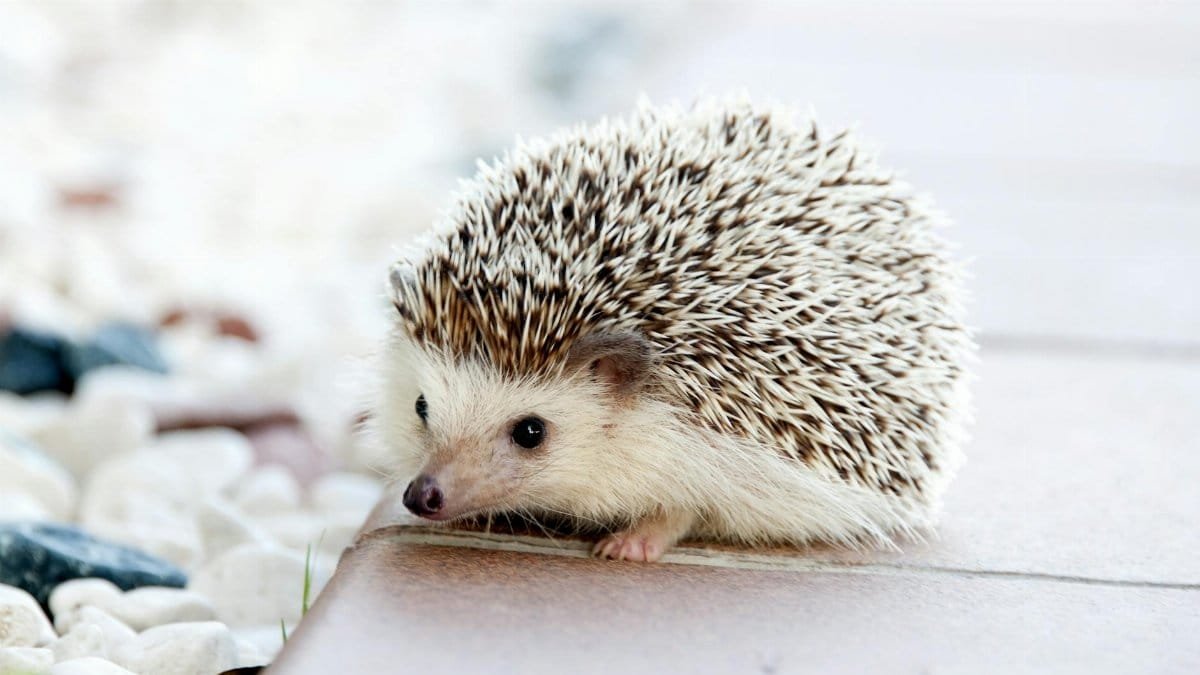
Prickly ash bark, chewed by tribes like the Omaha, stimulated saliva and circulation, thought to kickstart immune responses. Its numbing, tingly sensation is unique. Some herbalists today use it for colds, though sparingly due to its potency. It’s a bold reminder of nature’s raw power.
14. Cleavers: The Gentle Cleanser
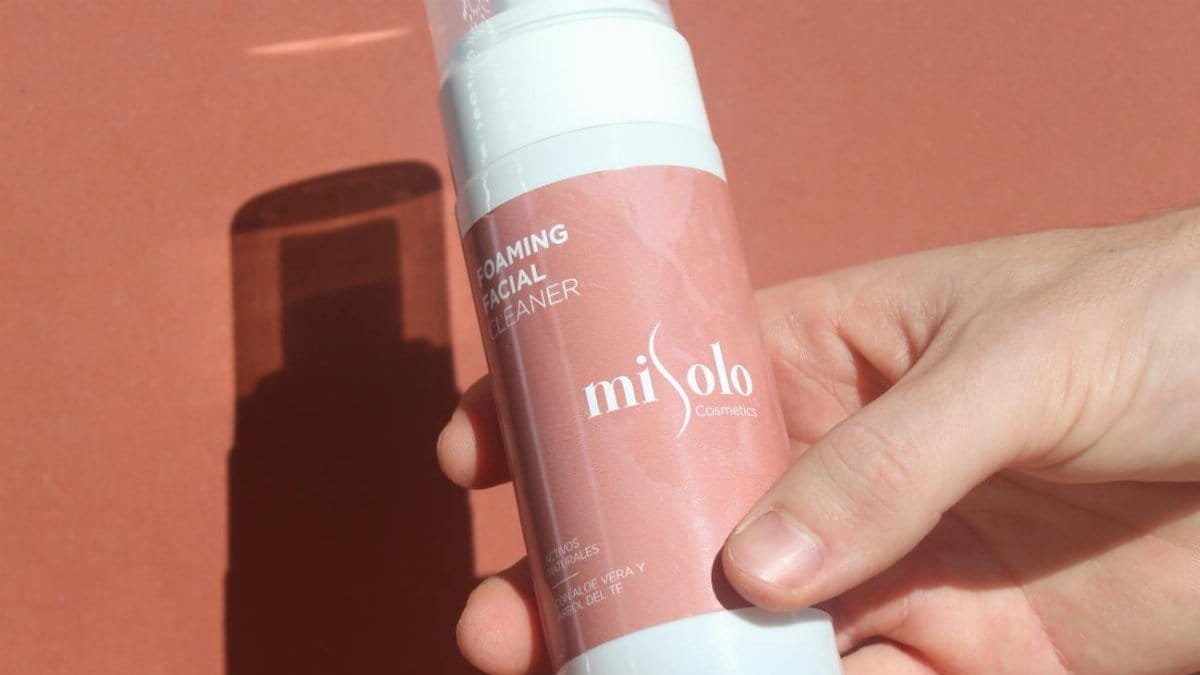
Cleavers, a clinging weed, was used by Eastern tribes to cleanse the lymphatic system, a key immune player. Its juice or tea was a springtime ritual. Modern naturopaths echo this, suggesting it flushes toxins. Sticky and unassuming, cleavers embody understated strength.
15. Mullein: The Lung Ally
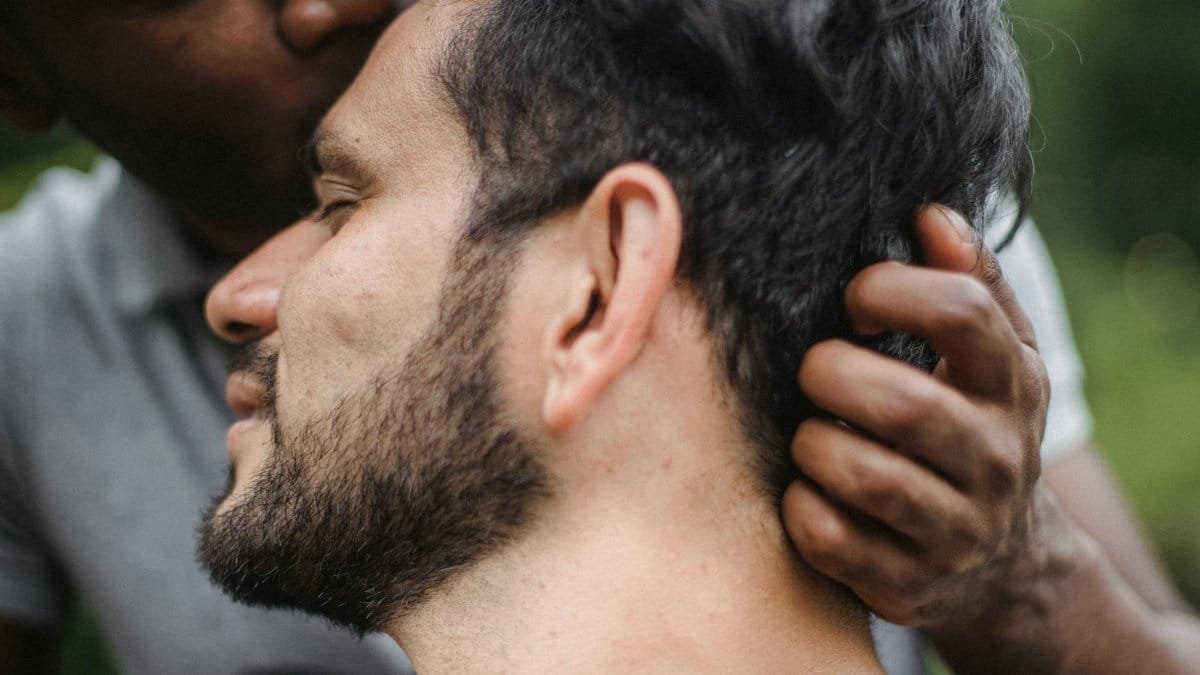
Mullein, with its soft, fuzzy leaves, was smoked or steeped by tribes like the Hopi to ease lung congestion and bolster immunity. Its gentle expectorant effect is still valued. Online, one user recently shared how mullein tea soothed a persistent cough, echoing ancient practices. It’s a humble plant with a mighty reputation.
Blending Tradition with Today

These 15 indigenous herbs for immune support aren’t just relics of history; they’re finding new life in 2025. Farmers’ markets buzz with vendors selling elderberry syrup, while urban foragers hunt yarrow in city parks. But accessing this wisdom requires respect—overharvesting threatens plants like goldenseal. Sustainable sourcing is key. Start small: a cup of echinacea tea or a drop of osha tincture. Listen to your body. These herbs aren’t cures, but allies, rooted in a deep understanding of nature’s balance.
Navigating the Science and Skepticism

Not everyone is sold on indigenous herbs for immune health. Critics argue the evidence is patchy—some studies show promise, others inconclusive results. Yet, the placebo effect alone, tied to cultural trust in these plants, can’t be dismissed. For many, it’s less about lab results and more about reconnecting with ancestral practices. A middle-aged woman in a recent conversation described feeling “grounded” sipping sumac tea, as if linking to her heritage. The tension between science and story is real, but perhaps both have a place.
Practical Steps to Start

Curious about trying these herbs? First, consult a healthcare provider—natural doesn’t always mean safe for everyone. Then, source ethically from local herbalists or trusted suppliers. Start with accessible options like elderberry syrup or mullein tea, available in most health stores. Keep doses low; ancient wisdom favored moderation. Finally, read up on each herb’s history. Knowing the story behind slippery elm adds depth to every sip. In a world of quick fixes, this slow, intentional approach feels refreshing.
